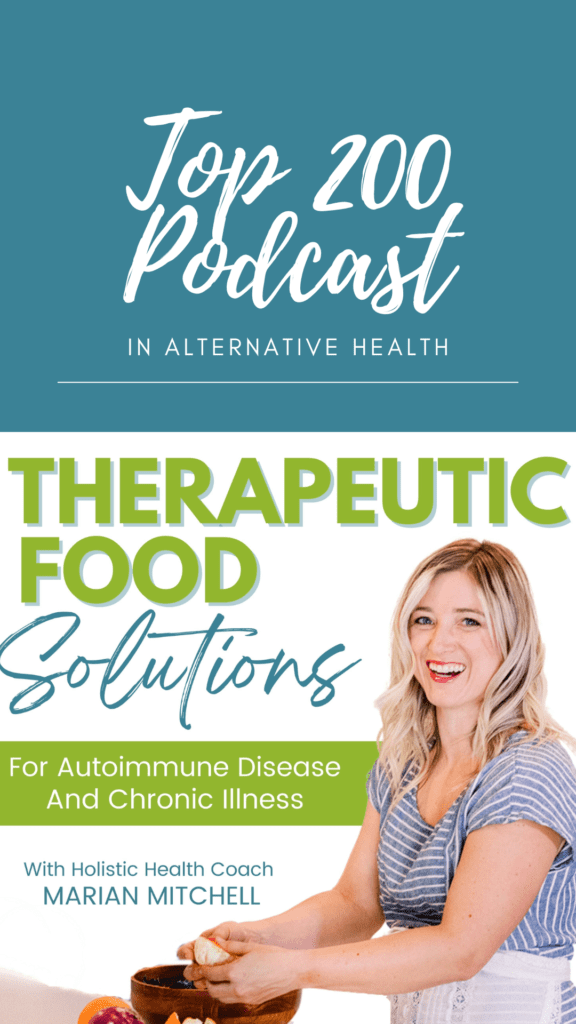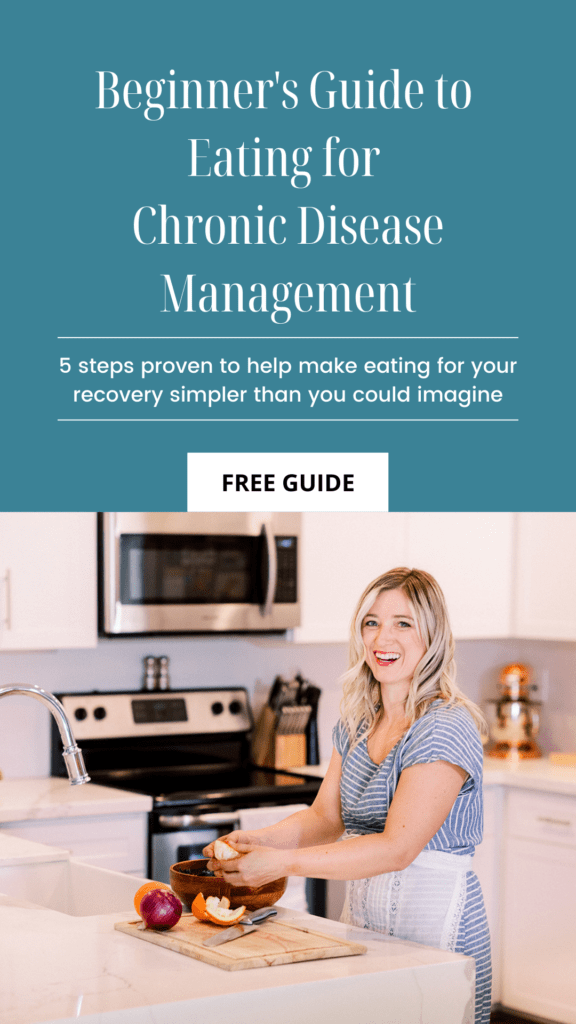Elimination diets feel like a mystery. How do you do them? What foods do you pick to eliminate? How do you know if you’re actually avoiding the food 100%? Why don’t I feel better? There’s very little guidance out there to help you navigate it as well. I love seeing people say “just do it.” Yeah…that’s helpful. Thanks. I’ve decided it’s time to walk you through how to do an Elimination Diet well.
First Step: Identify The Foods You Want to Eliminate
Typically when you’re doing an elimination diet it’s because you’re trying to feel better. Sometimes you’re flying blind “Eliminate dairy and gluten and see what happens” while other times you’re basing the elimination based on the results of a food sensitivity panel. Either way, make a list of what you are avoiding.
If you’re avoiding gluten and dairy, for example, you’ll want to write down all the names for gluten and dairy so that you can read labels and know what you’re eating.
If you’re basing your elimination off of blood results, make an easy-to-follow list of your avoid foods.
Step Two: Identify All Your Can Eat Foods
This is the most missed, and most important, step. You need to know what you CAN eat. This makes meal planning and dining out a million times easier. Having a long list of “can eat” helps you feel more positive about the entire experience.
Step Three: Plan
Typically an elimination diet is for 6-8 weeks. You’ll want
- 4 breakfasts
- 4 lunches (you can rotate in leftovers but plan for 4)
- 12 dinners
This combination streamlines your budget, reduces overwhelm, and gives you just enough variety to prevent boredom. I recommend finding restaurants in your area that accommodate food restrictions so that you can enjoy time out with friends and date night.
Step Four: Reintroduce
Depending on the type of elimination diet you’re doing, you may try to reintroduce the foods you’ve been avoiding. It is recommended that you start with one food at one meal and wait 3-4 days before trying again or adding in another food. Watch for symptoms including:- Headache
- Stuffy nose
- Mucus in the throat
- Stomach pain
- Bloating
- Constipation
- Diarrhea
- Acne
- Pain and stiffness in joints and/or muscles
- Other symptoms you previously struggled with









